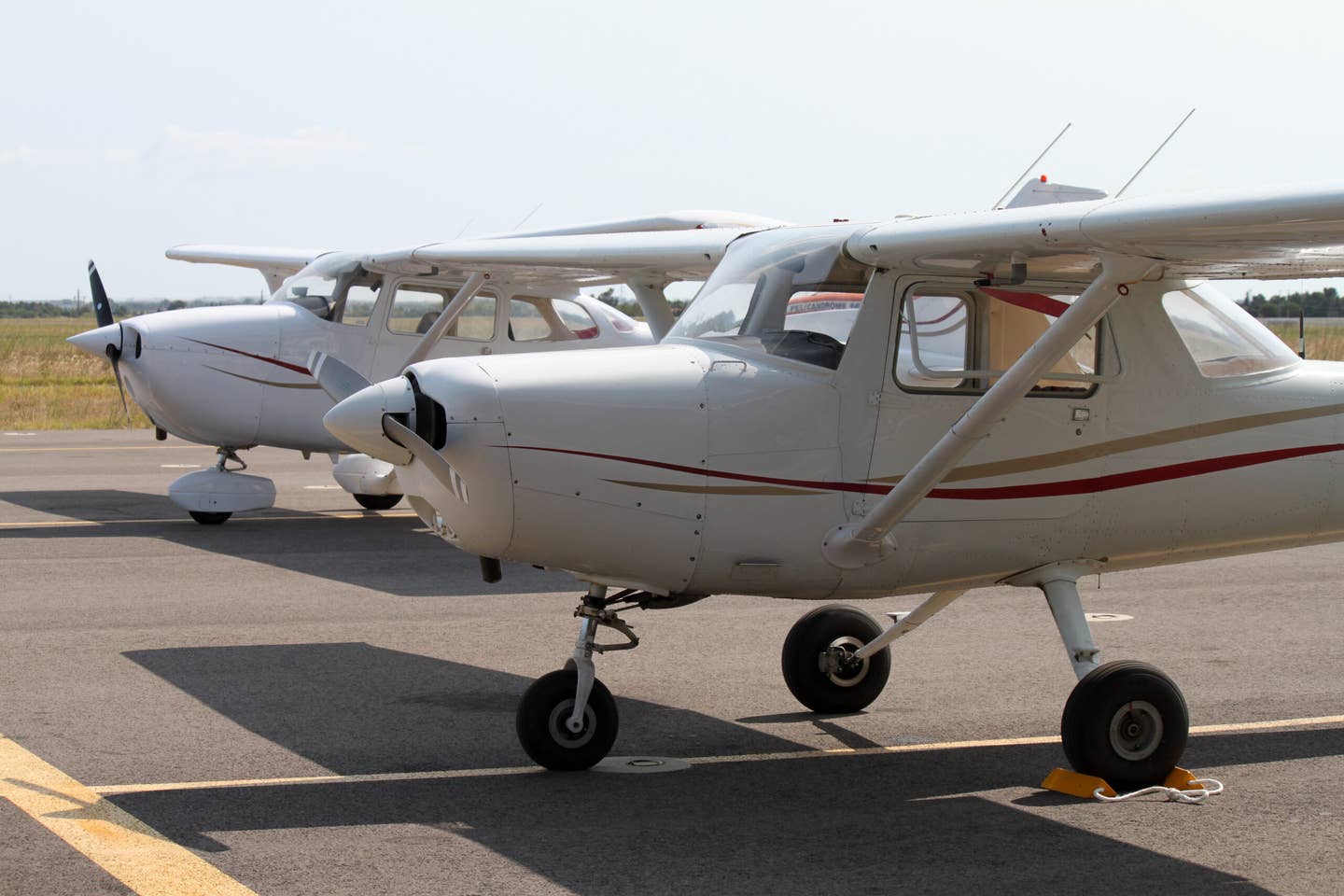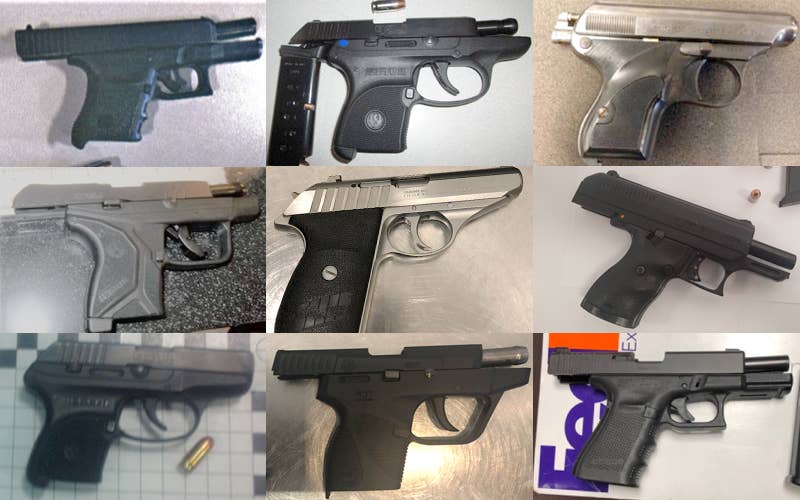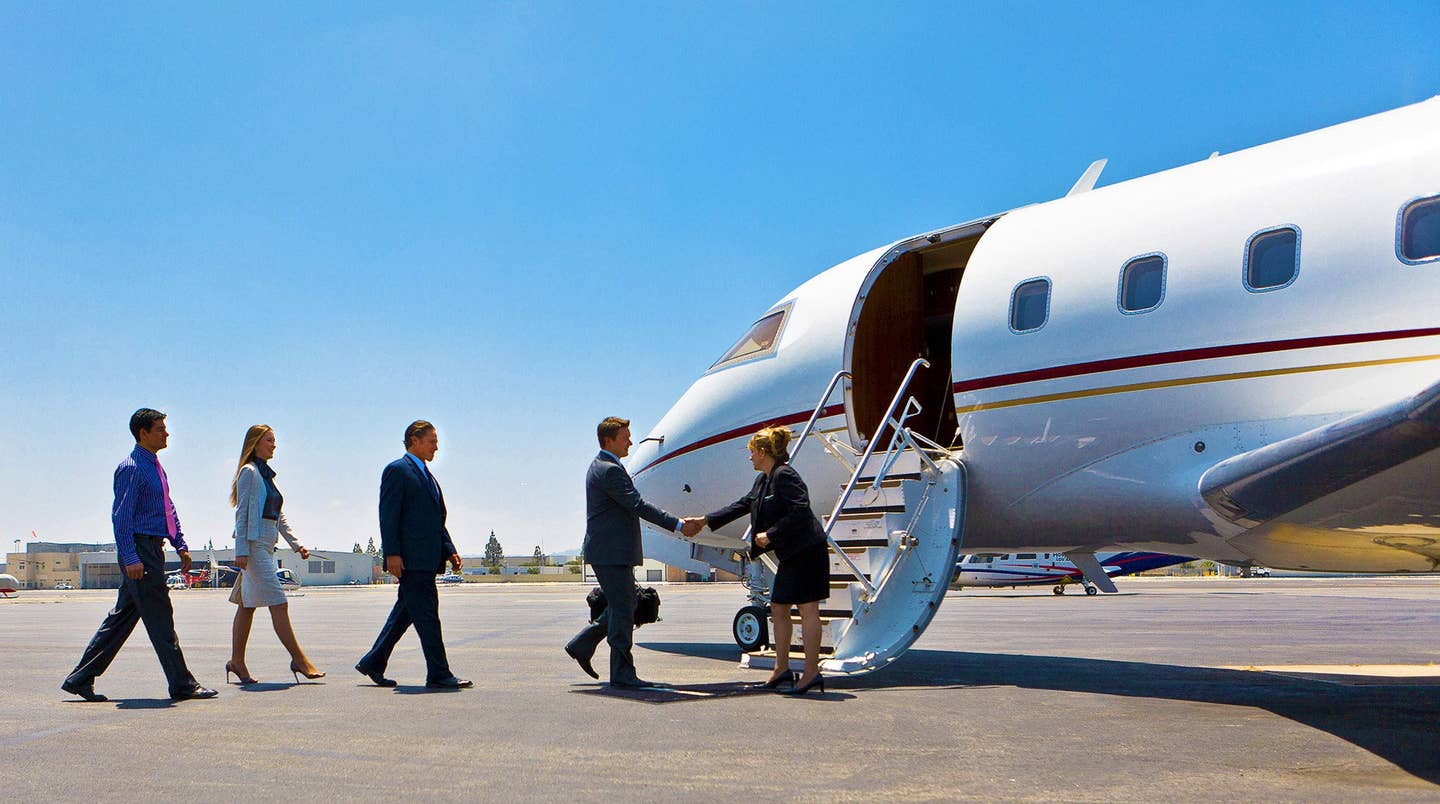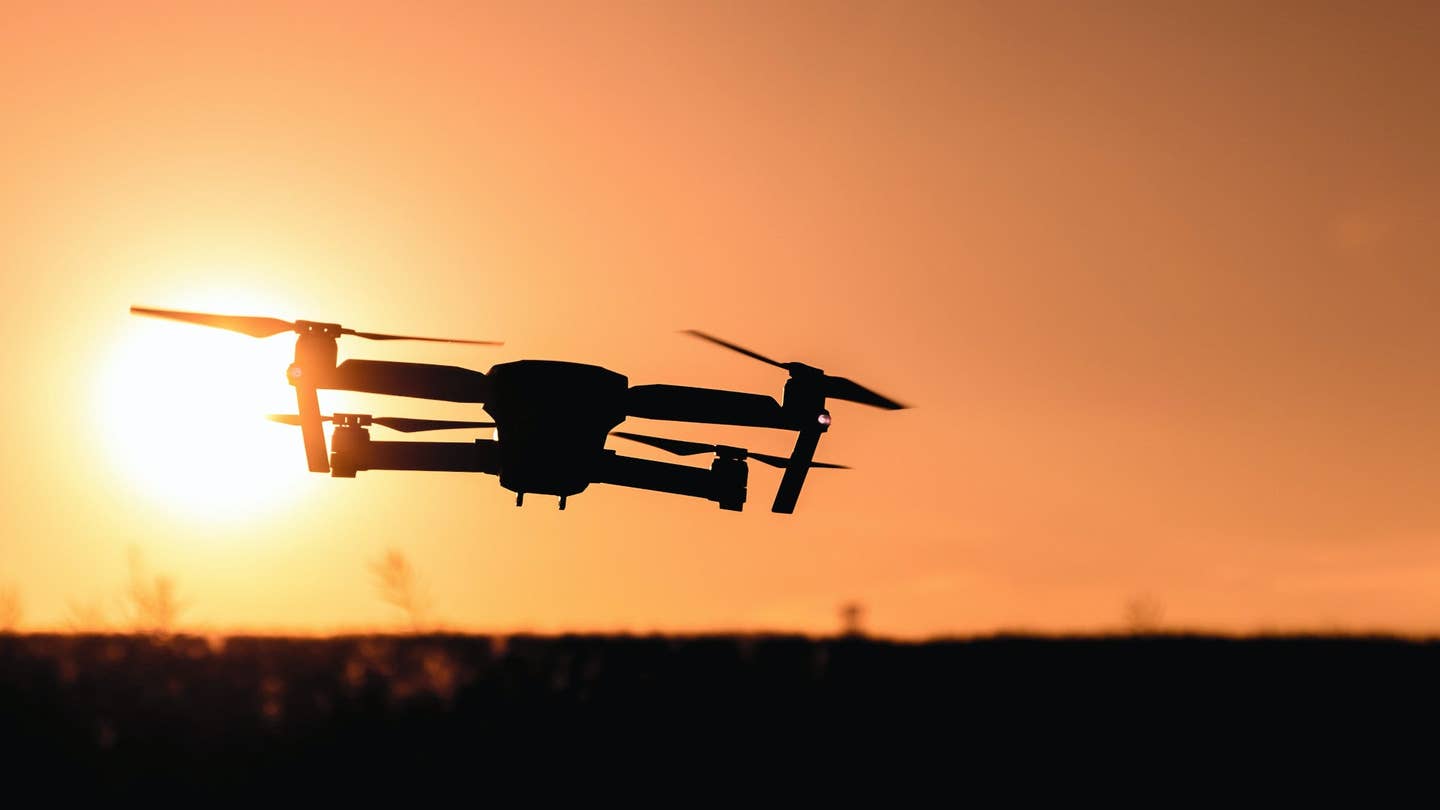Best GoPro Camera Mounts for Aviation
Mount your GoPro, Garmin, or any action camera to almost any aircraft with these five aircraft camera mount options.

Choosing the best strut clamp or GoPro camera mount to secure your camera is important. [Stock Photo]
Editor’s note: The following article is not intended to be a ranking, but is only to serve as a list of possible options. As the saying goes, your mileage may vary.
Flying an airplane is arguably one of the coolest things a person can do. Whether it’s to keep a little memento of your breathtaking flight or just to brag to friends and family, capturing footage can be a way to remember your best moments in the cockpit. To ensure no camera is lost, choosing the best strut clamp or GoPro camera mount to secure it is important. Aviation camera mounts also make great gifts for the pilot in your life! Here are some great aviation camera mount options.
Quicklook: Best Camera Mounts for Aviation
- NFlightCam Strut Clamp Camera Mount: Best strut mount
- MyPilotPro Mount: Best universal option
- GoPro Suction Cup Mount: Best for GoPro users
- Nflightcam Ball-Head Mount: Best for high-speed use
- MyPilotPro Spider Swivel Cockpit Mount: Best for cockpit use
5 Best Camera Mount Options
When choosing a camera mount, there are a few things to consider. First, ensure the camera you own will be compatible with the mount. Depending on the type of airplane you pilot, the anchor type—or the way the camera mounts to the aircraft—matters.
Nflight Strut Clamp Camera Mount
This semi-universal strut clamp is designed to strap right on to small and large aircraft struts with a widely adjustable strap.
Compatibility: GoPro, Garmin, or any action camera with a 3-finger mount or 1/4"x20 threaded socket
Anchor Type: Strut clamp
Special Features:
- Fits any strut from a J3 Cub to a Cessna Caravan.
- UV-resistant polyurethane strap
- Maximum demonstrated speed: 217 knots/250 mph
MyPilotPro Mount
The MyPilotPro mount is a universal mount option that fits all cameras and aircraft. The camera mounts on the tie down ring of any aircraft and provides neoprene washers to mitigate vibration.
Compatibility: Compatible with all action cameras including all versions of GoPro.
Anchor Type: Swivel mount
Special Features:
- Compatible to any general aviation aircraft.
- The mount is made of thick aircraft aluminum.
GoPro Suction Cup Mount
Perfect for GoPro users, from GoPro itself. This industrial strength suction cup will secure to various flat surfaces and provide security in high-speed atmospheres.
Compatibility: GoPro
Anchor Type: Suction
Special Features:
- Maximum demonstrated speed: 130 knots/150 mph
- Adjustable arms
Nflightcam Ball-Head Mount
A secure way to mount most cameras is a ball-head mount. This Nflightcam was specifically designed with aviation in mind and can attach to any #8 or #10 machine screw on the exterior of your aircraft.
Compatibility: GoPro, Garmin, Sony, Nikon, FlyCam360, and most other action cameras with 3-finger or 1/4”x20 mount
Anchor Type: Ball-Head mount
Special Features:
- Designed specifically for aviation and is FAA compliant
- Aircraft-grade stainless steel and aluminum
- Maximum demonstrated speed: 304 knots/350 mph
MyPilotPro Spider Swivel Cockpit Mount
The MyPilotPro GoPro cockpit mount is perfect for capturing all the action inside the cockpit. The small suction camera mount can be attached to any clean, smooth surface.
Compatibility: GoPro and Virb
Anchor Type: Suction
Special Features:
- Suction cups rated to hold more than five times the combined weight of the mount and a GoPro camera
- Aircraft aluminum with stainless steel hardware and neoprene washers ensure vibration free footage
How Do You Mount a GoPro on a Plane?
There are three main ways to mount a GoPro to an airplane. By using a strong suction cup like on the GoPro suction cup mount you can place the mount on any smooth surface inside or outside the aircraft. A ball-head mount uses a threaded screw to mount a camera and gives more security at higher speeds. The last type of mount is a strut clamp mount. This type of mount wraps around and attaches to the strut of your aircraft.
How to Connect a Strut Clamp
To install your strut clamp mount, follow these steps
- Place the rubber strap through the top slot on the strut clamp making sure that the tongue of the metal clasp on the rubber strap faces away from the strut.
- Loosely wrap the rubber strap around the strut.
- Thread the rubber strap through the bottom slot of the strut clamp.
- Thread the rubber strap through the metal clasp.
- Pull the rubber strap tight.
- Ensure the tongue of the metal clasp is secured into one of the holes in the rubber strap.
- Secure the excess portion of the rubber strap. This can be done by folding it up and zip-tying it down.
To ensure your mount is installed correctly, please view your camera mount’s instructions.
What To Consider With an Aviation Camera Mount
There are a few things to consider when choosing an aviation camera mount, such as the type of aircraft you fly, the speeds you will be traveling, and the type of camera you own.
Size
Depending on the size of the flight deck in your aircraft, an internal cockpit mount may not be an option. If the mount is obstructing your view or getting in the way of essential aircraft controls, it is best to forgo an interior mounted camera.
Durability
For exterior mounts, durability is key when it comes to the high speeds of an aircraft. Exterior mounts can be rated between 130 to 300 knots (150 to 350 mph). It is important to understand what speeds you will be cruising at to ensure the mount will stay in place and not break away.
Removability
If you are looking for a mount that is easily removed, a suction mount is the best option. While other types of mounts can be removed as well, a suction mount takes just seconds to install and remove before and after each flight.
Compatibility
Before purchasing a camera mount for your aircraft look at the camera compatibility to ensure your camera make and model can fit within the mount. To avoid any compatibility issues, consider a universal aircraft camera mount.
Capture the Moment
Using a camera mounted inside the cockpit or on the exterior of your aircraft can create breathtaking video. Choosing the right camera mount can make capturing the moment that much easier. To stay informed about all things aviation gear and more, subscribe to FLYING Magazine.

Subscribe to Our Newsletter
Get the latest FLYING stories delivered directly to your inbox






